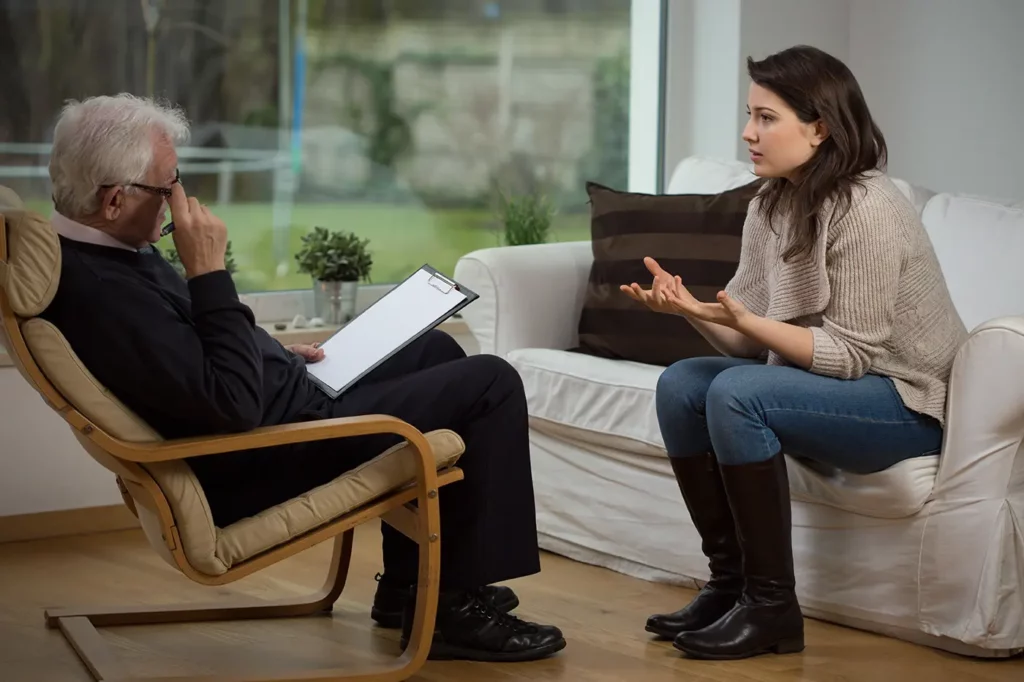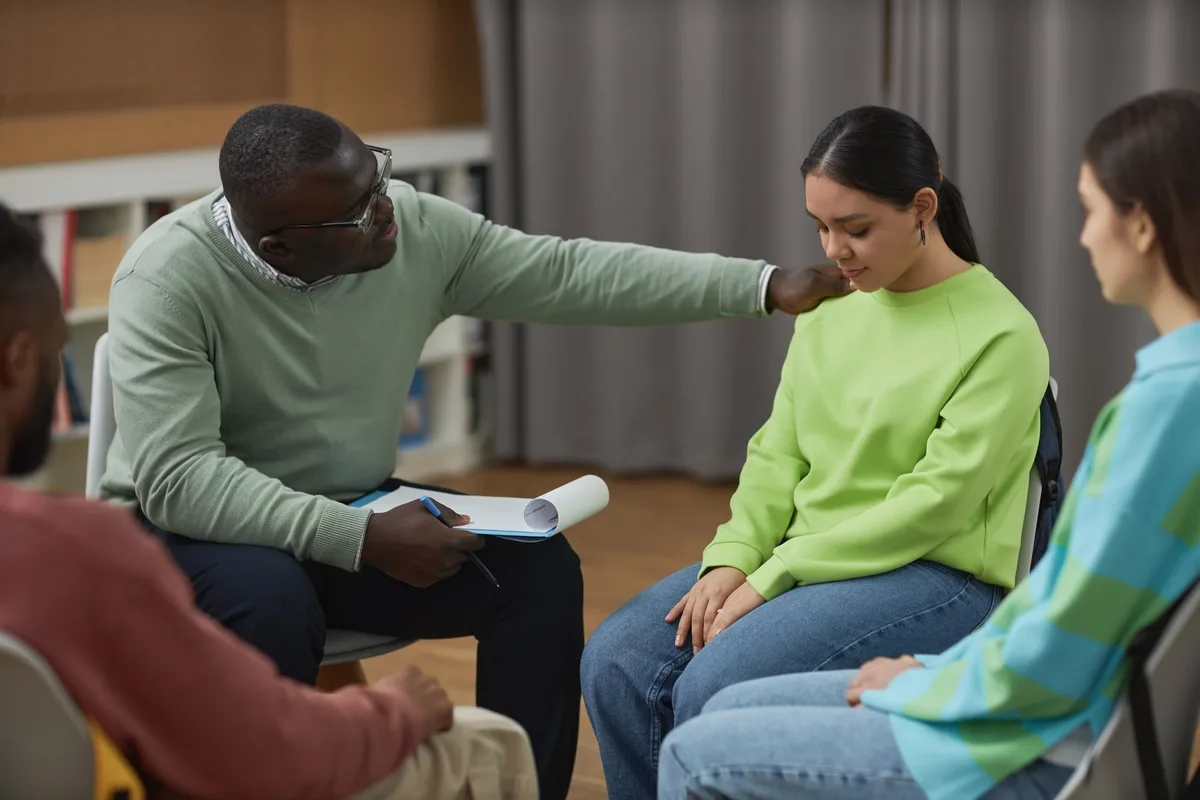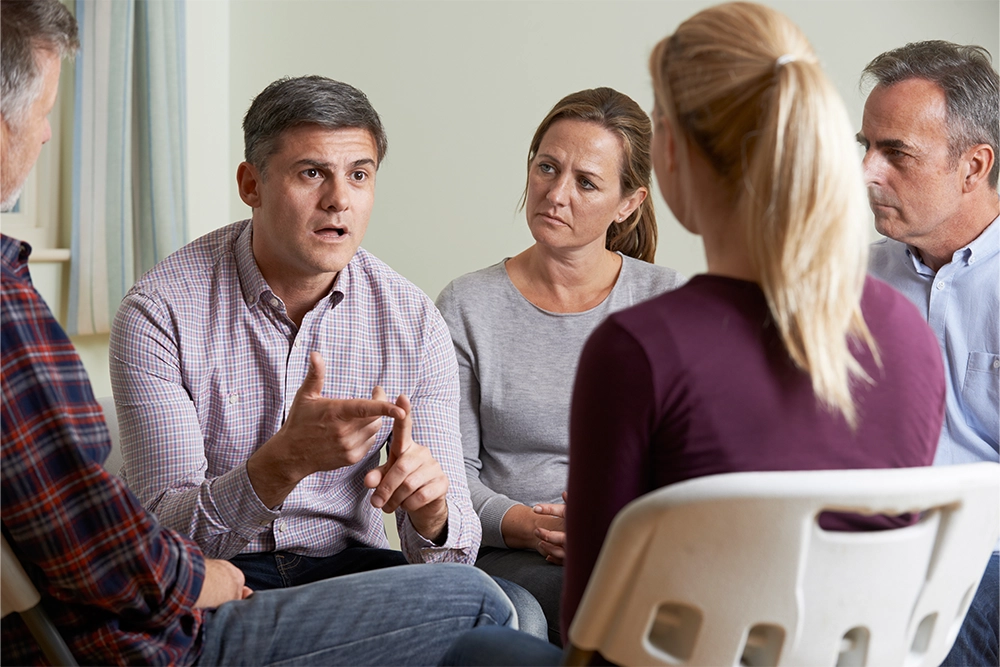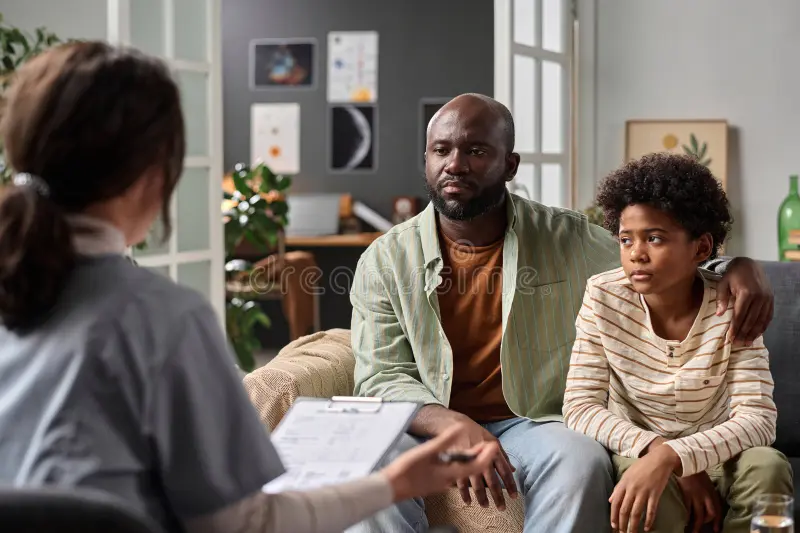24/7 Helpline:
(866) 899-221924/7 Helpline:
(866) 899-2219
Learn more about Residential Rehab centers in Bowling Green
Residential Rehab in Other Cities

Other Insurance Options

Amerigroup

Sliding scale payment assistance

Horizon Healthcare Service

BlueShield

Group Health Incorporated

AllWell

Health Net

EmblemHealth

Aetna

Access to Recovery (ATR) Voucher

ComPsych

American Behavioral

Highmark

CareSource

Premera

Holman Group

UnitedHealth Group

PHCS Network

Optima

Ambetter










